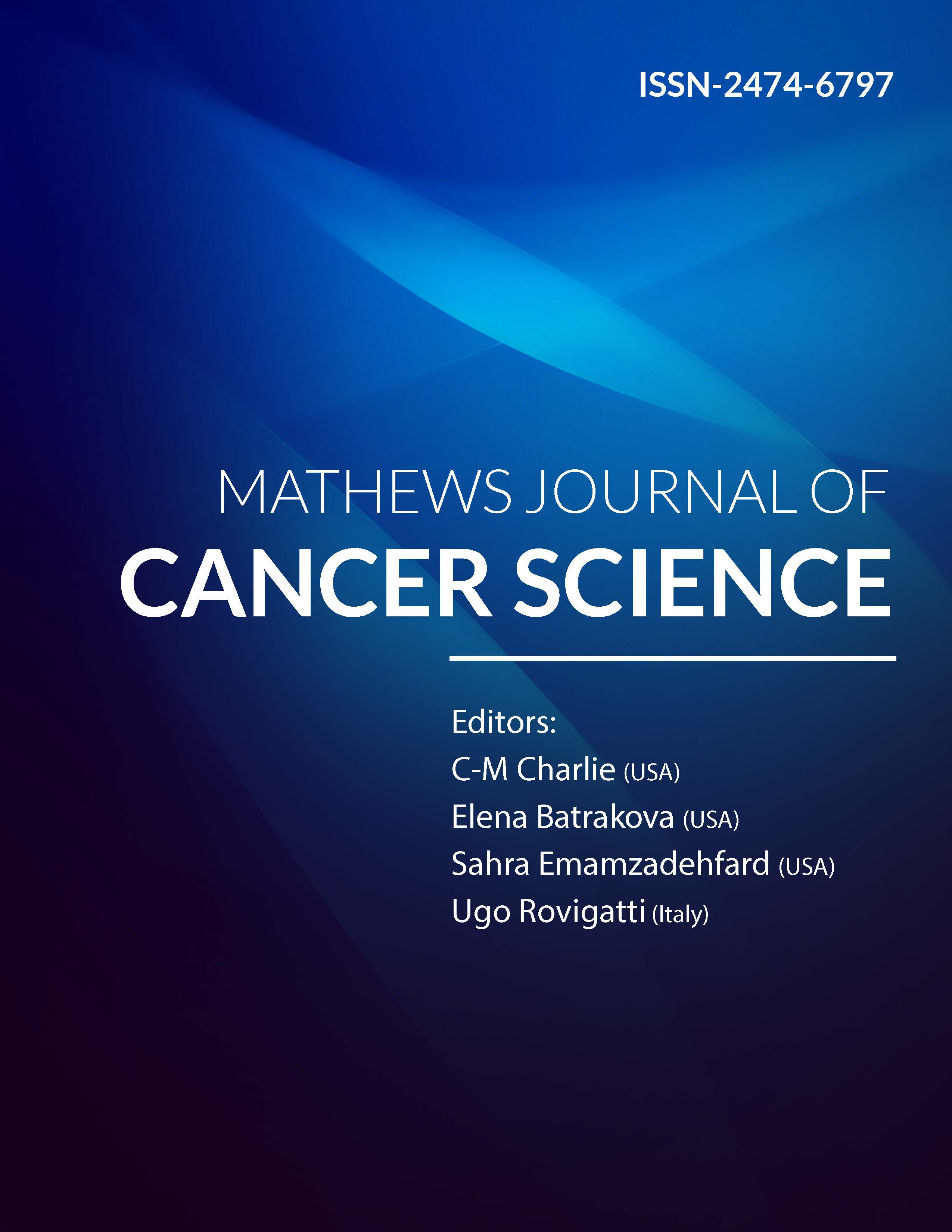
Information Links
Previous Issues Volume 2, Issue 1 - 2017
Using Immune Cells for Transport of Therapeutics to Brain Tumors
Elena V. Batrakova1
1UNC Eshelman School of Pharmacy, University of North Carolina at Chapel Hill, Chapel Hill.
Corresponding Author: Elena V. Batrakova, UNC Eshelman School of Pharmacy, University of North Carolina at Chapel Hill, Chapel Hill, Tel: +919-537-3712; E-Mail: [email protected]
Received Date: 08 Dec 2016
Accepted Date: 04 Jan 2016
Published Date: 10 Jan 2017
Copyright © 2016 Batrakova EV
Citation: Batrakova EV. (2016). Using Immune Cells for Transport of Therapeutics to Brain Tumors. Mathews J Cancer Sci. 2(1): 008.
ABSTRACT
Glioblastoma (GBM) is the most common and aggressive form of primary brain tumor. Currently, no curative therapies are available for GMB. Merely palliative treatments only prolong survival 12-14 months after diagnosis. One of the greatest obstacles to GBM therapy is the blood-brain barrier (BBB) that severely limits the brain penetration of more than 95% of all promising therapeutics. However, classes of immune cells (monocytes and macrophages), as well as stem cells have an extraordinary ability to cross the BBB due to enhanced margination and extravasation. These immune cells can be genetically modified to express diagnostic markers or secreted therapeutic molecules directed against death receptors on GBM cells. Furthermore, exosomes released from immune cells can be loaded with cytotoxic agents and utilized for the drug transport across the BBB. Capitalizing on the powerful tumor-focused homing of immune cells, this approach directly addresses the critical deficiencies in traversing the BBB and tumor-specific accumulation plaguing current anti-GBM therapies. Noteworthy, beside the treatment of primary brain tumor, eradication of brain metastasis may also be addressed by means of cells-mediated drug delivery. In this review, we discuss new drug delivery systems that utilize living cells for drug carriage to the brain tumors.